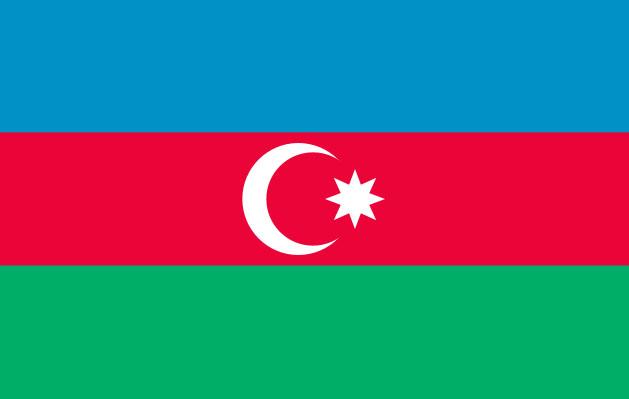Institut international d'étude des civilisations nomades
At the initiative of UNESCO and with the support of its former Director General, Mr Federico Mayor (1987-1999), the International Institute for the Study of Nomadic Civilizations was established by an agreement concluded on 16 September 1998 between the governments of Kazakhstan , Kyrgyzstan , Mongolia and Turkey.
Over thousands of years nomads have inhabited vast expanses of the world. Nomadic societies have devised forms of culture which have been particularly suited to their environment and conditions of mobility as well as to the demands and possibilities of their way of life. They have made an undeniable contribution to the development of different techniques and ways of using land and sea which have created original and sometimes unique civilizations. Today, in numerous regions of the world, nomadic populations are faced with crucial challenges to their current existence, future viability, and especially to their cultural identity. Many are suffering from the decline of their traditional social structures and poverty from marginalization.
The idea for an international institute to study nomadic civilizations germinated during the Nomads' Expedition in Mongolia . It was organized by UNESCO in 1992 as part of the Silk Roads Project when an international team recommended an institute. At the General Conference during the 27th Session, held in 1993, UNESCO confirmed the recommendation. Prof Jacques Legrand ( France ) undertook a feasibility study in which he drew attention to the importance, on the one hand, to preserving the unique historical and cultural heritage of nomads and, on the other, of actively contributing to the development of appropriate elements of modernization for the continual improvement of nomadic life.
As a result of these events, it was strongly felt that the right time had arrived for the international community to make a significant effort to deal with these matters in accordance with the possibilities and requirements of contemporary academic and scientific research. This led to the creation of the Institute, with the assistance of UNESCO and the strong support of the Mongolian State Secretary for Foreign Affairs and the Mongolian State Secretary for Science, Technology, Education and Culture.
At present, the Institute has 13 workers and has its own Information center.
IISNC has 34 associate members from scientific institutions of 16 countries and 143 corresponding members from 18 countries.
According to the initial agreement on the establishment of the Institute between UNESCO General-Director and Government of Mongolia on 16 September 1998 and resolution No.196 of the Government of Mongolia on 21 October 1998 on the activity of IISNC and recalling Article 7 of the Memorandum concluded between UNESCO and Mongolia on 10-13 July 2011,
The research staff of IISNC has implemented scientific activities in following six basic directions:
- Projects and grants implemented within the scope of UNESCO’s programs
- Research projects
- International and regional expeditions
- International conferences and regional seminars
- Archaeological surveys
- Training and information activities
The Information center publishes newsletter “Nomadic”. In addition, the Information center also publishes research bulletin “Nomadic studies” and a journal “National Mongol Studies”.
The Inner Sense and Understanding of the Nomadic People's Musical Psychology, 2006 UB.
History and Culture of the Mongols. (ENGLISH-LANGUAGE ENCYCLOPEDIA) 2006,
Atlas of Mongolian History and Culture. Mongolian Version. 2005,Khukh Khot
Transformation and Development of Central Asian Nomads
National Costumes of Nomads: Tradition and Custom
Culture of Mongolian Nomads, UB, 2005
Chinggis Khaan and Contemporary Era, UB, 2004,
Nomadic Cultural Tradition: Mongolian Dairy Products, UB, 2003,
Encyclopedia on “Chinggis Khaan” UB, 2006,
Nomadic Civilization and Mongolian Bronze Age Monuments , 2006
The National Traditional Technology of Mongolian Nomads-UB, 2003,





